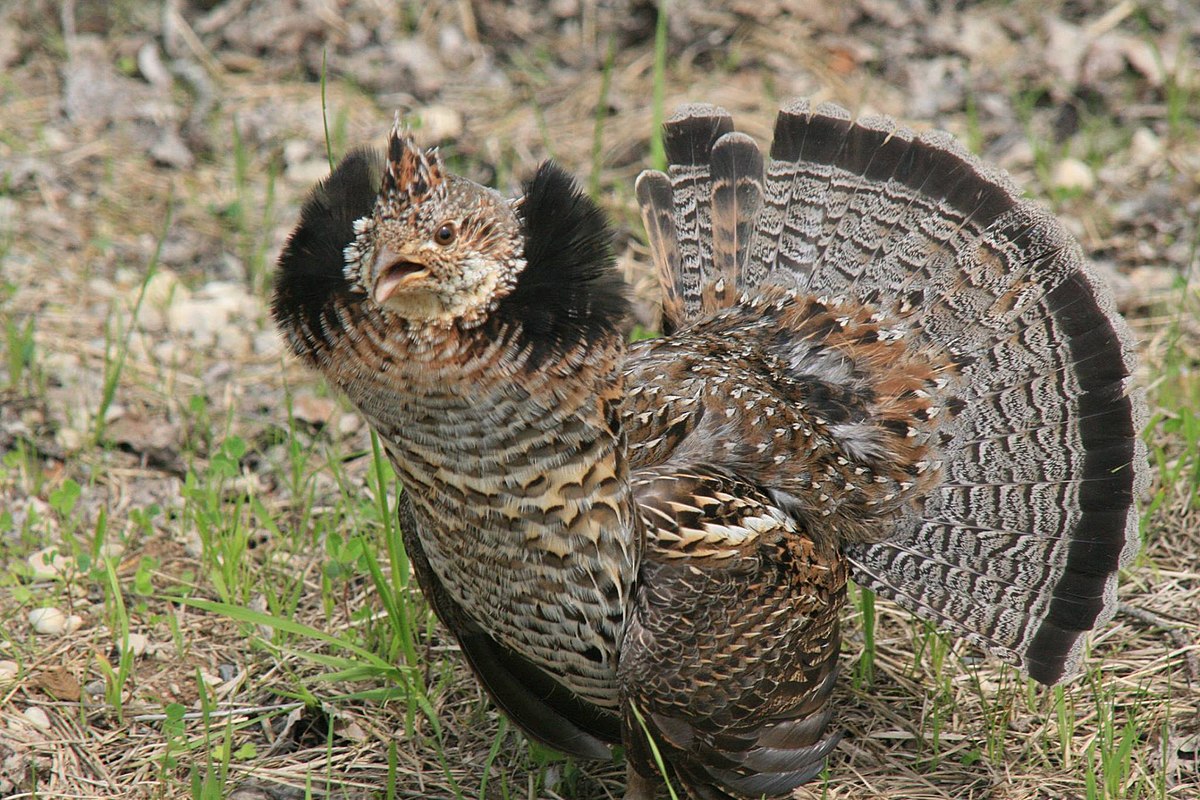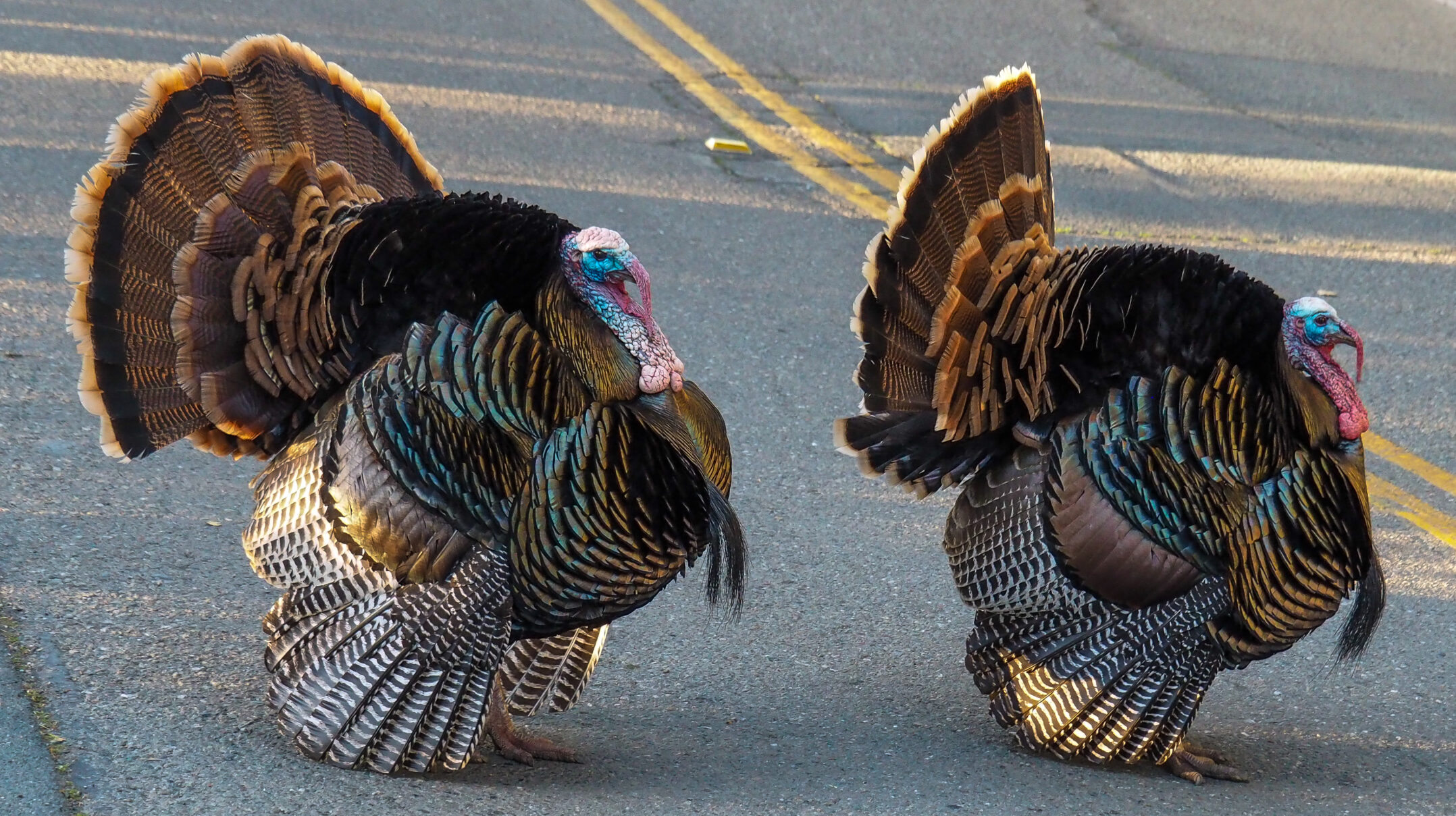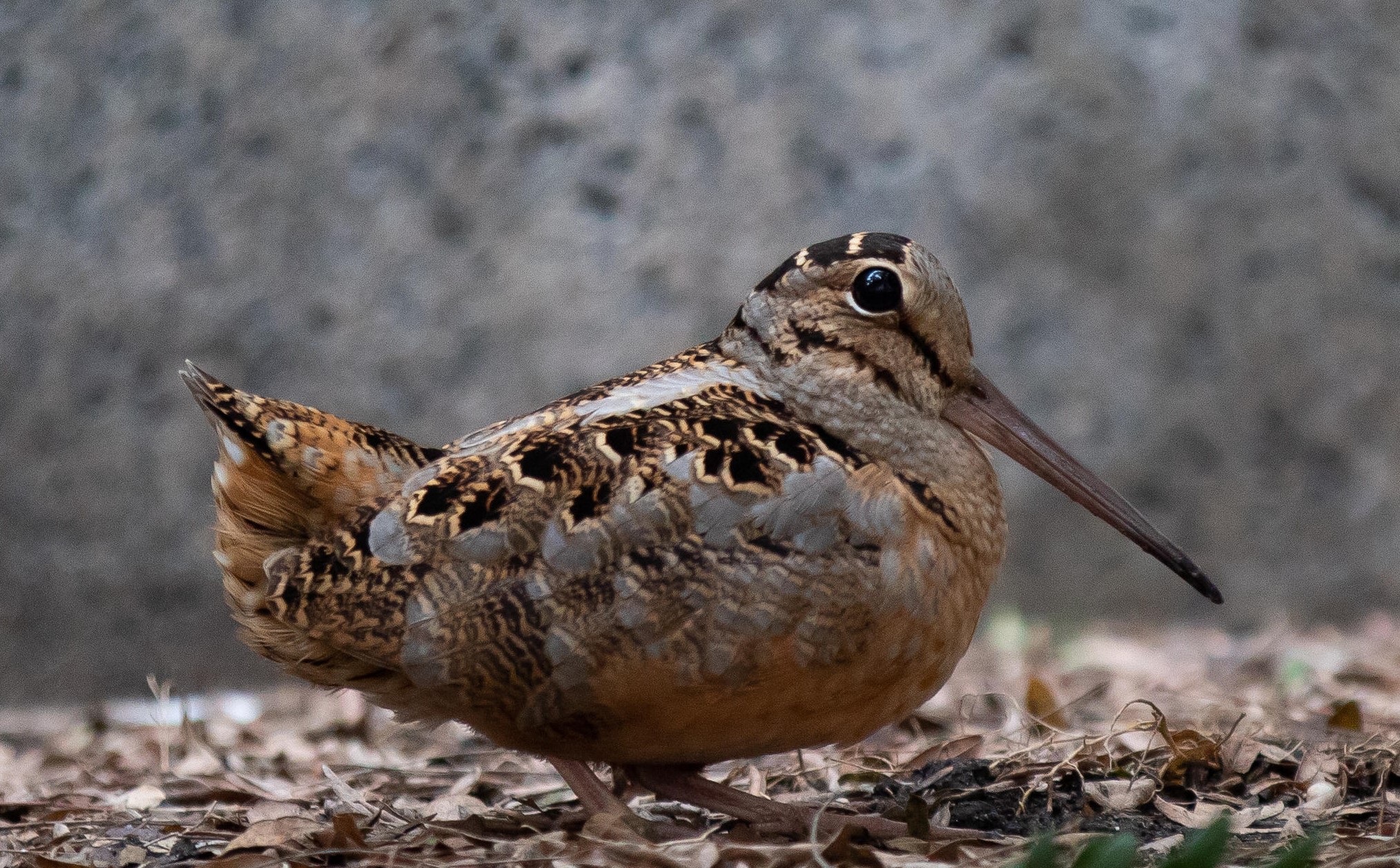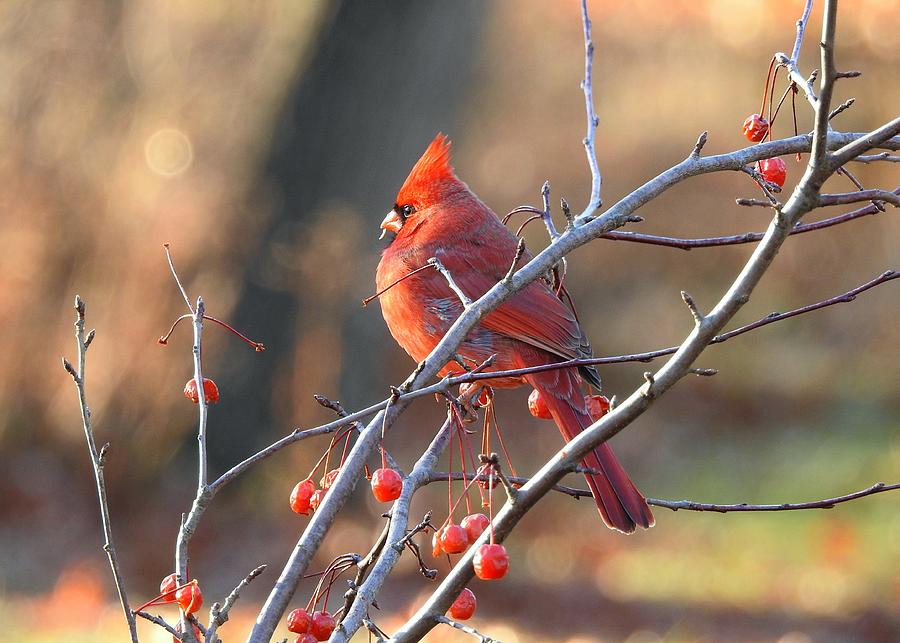Game birds have been hunted for their meat for centuries, and while some are still hunted in the wild, others are now raised for their meat and eggs.
These birds are typically high in protein and low in fat, making them a popular choice for people conscious of their diets. Some game birds are easy to locate at grocery stores, while others are more exotic and harder to find.
You are reading: 8 Popular Types Of Game Birds
In this article, we will explore the most popular types of game birds, including their habitats, appearance, and taste. We will also discuss the trends in game bird hunting in North America based on generation and land access.

8 Popular Types Of Game Birds
Ruffed Grouse

The Ruffed Grouse is a small game bird that is widely distributed in North America. It is a popular bird for hunting and is known for its delicious meat.
The Ruffed Grouse has a short, triangular crest and a long, fan-shaped tail. It has short legs and often looks slimmer than other grouse species. The bird is about the size of an American Crow and is distinctly smaller than a Wild Turkey.
The Ruffed Grouse is the most widely distributed game bird in North America and is non-migratory. It is sometimes incorrectly referred to as a “partridge,” an unrelated phasianid, and occasionally confused with the grey partridge, a bird of open areas rather than woodlands.
The Ruffed Grouse is the state game bird of Pennsylvania, United States. The bird is omnivorous and eats green leaves, fruits, and some insects.
During winter, when snow covers the ground, they live almost exclusively on the dormant flower buds or catkins of aspens, birches, and cherries. Aspen is generally regarded as the most important single year-round food for Ruffed Grouse in Maine.
Ring-Necked Pheasant
The Ring-necked Pheasant is a large, chicken-like bird that is native to central and eastern Asia, China, and Japan. It has been introduced as a game bird to several parts of the world, including North America, where it has thrived in open fields and weedy roadsides.
The bird has a long, pointed tail, fairly long legs, a small head, long neck, and plump body. The male Ring-necked Pheasant has iridescent copper-and-gold plumage, a red face, and a crisp white collar, while the brown females blend in with their field habitat.
Read more : 8 Beautiful Types Of Jay Birds
The Ring-necked Pheasant is the most popular breed of pheasant and is primarily used for stocking and hunting. The bird is usually found in fertile croplands and cultivated grain fields interspersed with fallow weed lots, pastures, small wetlands, and occasional woody areas with underbrush.
The Ring-necked Pheasant is a polygamous bird, and one male will support a harem of as many as 20 females. The bird is known to harass other ground-nesting birds, such as the Gray Partridge and the Greater Prairie-Chicken, and female pheasants sometimes lay their own eggs in these birds’ nests.
Gray Partridge
The Gray Partridge, also known as the gray-legged partridge, English partridge, Hungarian partridge, or hun, is a game bird in the pheasant family Phasianidae of the order Galliformes.
The bird is brown-backed, with grey flanks and chest, and a white belly, usually marked with a large chestnut-brown horse-shoe mark in males, and also in many females.
The Gray Partridge is a rotund bird that is about the size of a crow, with a small head, short tail, and short, thick bill. The bird is mostly found in grasslands and agricultural fields, and its diet consists mostly of seeds, leaves, and insects.
The Gray Partridge is a ground-nesting bird that lays up to 20 eggs in a ground nest, usually in the margin of a cereal field, most commonly winter wheat.
The bird is evaluated as “of Least Concern” on the IUCN Red List of Threatened Species, but it has suffered a serious decline in the UK, and in 2015 appeared on the “Birds of Conservation Concern” Red List.
Northern Bobwhite
The Northern Bobwhite, also known as the Virginia quail or bobwhite quail, is a ground-dwelling bird native to Canada, the United States, Mexico, and Cuba, with introduced populations elsewhere in the Caribbean, Europe, and Asia. Here are some key facts about the Northern Bobwhite:
Appearance:
– Small quail with rounded bodies, small heads, rounded wings, and short tails.
– Males in the Southeast have more extensive black on the throat and breast than birds elsewhere. Great Plains and Texas birds are grayer on the back. Eastern birds have rufous across the breast. An isolated and endangered Southwestern population, called the “Masked” Bobwhite, is nearly all black on the head and rufous on the breast.
Habitat:
– The Northern Bobwhite can be found year-round in agricultural fields, grassland, open woodland areas, roadsides, and wood edges.
– Found in a wide variety of semi-open habitats, including brushy meadows, overgrown fields, or where pastures or agricultural fields are next to hedgerows or woodlots. “Masked Bobwhite” of southwest inhabits ungrazed native grasslands.
Behavior:
– The Northern Bobwhite is shy and elusive. When threatened, it will crouch and freeze, relying on camouflage to stay undetected, but will flush into low flight if closely disturbed.
– The bird is generally solitary or paired early in the year, but family groups are common in the late summer and winter roosts may have two dozen or more birds in a single covey.
– The Northern Bobwhite is known for its characteristic whistling call, which is an onomatopoeic derivation from its name.
Conservation:
– Habitat degradation has contributed to the Northern Bobwhite population in eastern North America declining by roughly 85% from 1966 to 2014.
– The bird has been in sharp decline throughout the past half-century, likely owing to habitat loss and changes in agriculture, and they are an increasingly high priority for conservation.
– Northern Bobwhites do respond positively and quickly to habitat management changes on working lands.
Wild Turkey

The Wild Turkey is a large bird native to North America, and is one of the heaviest members of the Galliformes family. Here are some key facts about the Wild Turkey:
Appearance:
– The Wild Turkey is a large, plump bird with long legs, wide, rounded tails, and a small head on a long, slim neck.
– Males have iridescent feathers that shine in the sunlight, while females have duller feathers.
Habitat:
– Wild Turkeys live in mature forests, particularly nut trees such as oak, hickory, or beech, interspersed with edges and fields.
– They can also be found in open woodland areas, roadsides, and wood edges.
Behavior:
– Wild Turkeys are known for their characteristic gobbling call, which is used by males to attract females during the breeding season.
– They are primarily ground-dwelling birds, but can fly strongly and typically roost overnight in tall trees.
– Wild Turkeys are omnivorous and feed on a variety of foods, including nuts, seeds, fruits, insects, and small animals.
Conservation:
– Wild Turkeys were once in decline due to habitat loss and overhunting, but have since made a comeback and are now found in every state except Alaska.
– The bird plays a significant role in the cultures of many Native American tribes all over North America, and is a favorite meal in eastern tribes.
– Wild Turkeys are also popular game birds and are hunted for sport and food.
American Woodcock

The American Woodcock, also known as the timberdoodle, is a small shorebird species found primarily in the eastern half of North America. Here are some key facts about the American Woodcock:
Appearance:
– The American Woodcock has a plump body, short legs, a large, rounded head, and a long, straight prehensile bill.
– Adults are 10 to 12 inches (25 to 30 cm) long and weigh 5 to 8 ounces (140 to 230 g).
– Females are considerably larger than males.
– The bird’s brown, black, and gray plumage provides excellent camouflage in brushy, young-forest habitats.
Habitat:
– Woodcocks spend most of their time on the ground in brushy, young-forest habitats, where they are well-camouflaged.
– They can also be found in open woodland areas, roadsides, and wood edges.
Behavior:
– American Woodcocks are primarily ground-dwelling birds, but can fly strongly and typically roost overnight in tall trees.
– The male American Woodcock is known for its characteristic sky dance, which is performed during the breeding season to attract females.
– The bird probes the soil with its bill to search for earthworms, using its flexible bill tip to capture prey.
Conservation:
– The American Woodcock’s population has fallen in recent years as the amount of young forest has dwindled in the Northeast.
– The bird shows a clear preference for young forest and shrubland, and the Ruffed Grouse Society/American Woodcock Society works to create healthy forests for these two species, which are often found in the same habitats.
– Wildlife scientists have developed Best Management Practices for creating and refreshing woodcock habitat.
Snipe
A snipe is any of about 26 wading bird species in three genera in the family Scolopacidae. They are characterized by a very long, slender bill, eyes placed high on the head, and cryptic/camouflaging plumage.
Read more : 10 Types Of Birds In Hawaii
The Gallinago snipes have a nearly worldwide distribution, the Lymnocryptes snipe is restricted to Asia and Europe, and the Coenocorypha snipes are found only in the outlying islands of New Zealand.
The four species of painted snipe are not closely related to the typical snipes and are placed in their own family, the Rostratulidae. Here are some key facts about the Wilson’s Snipe, one of the most widespread shorebirds in North America:
Appearance:
– Wilson’s Snipes are medium-sized, pudgy shorebirds with short, stocky legs.
– The bill is straight and very long (several times the length of the head).
– The head is rounded and the tail is short.
Habitat:
– Wilson’s Snipes can be found in open wetlands during spring and summer.
– They tend to be most active around dawn and dusk.
– In migration and during winter, they can be found around muddy ponds, ephemeral pools of rainwater, ditches, small streams, and other such places.
Behavior:
– Wilson’s Snipes are known for their aerial winnowing displays, performed high in the sky by fast-flying, swooping birds.
– When they’re not flying, these birds often perch and call from fence posts and other exposed spots.
– These birds feed mainly on insect larvae, snails, crustaceans, and worms.
Conservation:
– Wilson’s Snipes are not considered threatened, but their populations have declined in some areas due to habitat loss and degradation.
– The bird is hunted in some areas for sport and food.
Quail

Quail is a collective name for several genera of mid-sized birds generally placed in the order Galliformes. The collective noun for a group of quail is a flock, covey, or bevy. Old World quail are placed in the family Phasianidae, and New World quail are placed in the family Odontophoridae.
Here are some key facts about quail:
– Quail are plump, short-necked game birds whose natural habitat includes large areas of North America, Europe, Asia, and northern Africa.
– Some species have been domesticated and raised on farms for their meat and eggs.
– Quail spend most of their time on the ground as their squat bodies often make it difficult for them to stay in flight for long distances.
– Quails move surprisingly fast in the underbrush and can run up to 12 mph when startled.
– The short flights that these birds take when startled are called “flushing”.
– Quails are small birds that are generally bigger than robins but smaller than crows, although there is a great difference among the species.
– They have small heads and short, broad wings along with a long and square tail.
– Quails particularly like to forage beneath the soil to dig up food.
– The California Quail is a handsome, round soccer ball of a bird with a rich gray breast, intricately scaled underparts, and a curious, forward-drooping head plume.
– The California Quail’s head plume, or topknot, looks like a single feather, but it is actually a cluster of six overlapping feathers.
– Quails are hunted on game farms or in the wild, where they may be released to supplement the wild population, or extend into areas outside their natural range.
– Quail that have fed on hemlock (e.g., during migration) may induce acute kidney injury due to accumulation of toxic substances from the hemlock in the meat; this problem is referred to as “coturnism”.
Overall, quail are a diverse group of birds that are enjoyed for their meat, eggs, and as game birds.
FAQS
1. What are game birds?
Game birds are birds that are hunted for sport and/or food. They are typically high in protein and low in fat, making them a popular choice for people conscious of their diets. Some game birds are easy to locate at grocery stores, while others are more exotic and harder to find.
2. What are the most popular types of game birds?
The most popular types of game birds in the United States include Ruffed Grouse, Ring-Necked Pheasant, Gray Partridge, Northern Bobwhite, Wild Turkey, American Woodcock, Snipe, and Quail.
3. Where can I find game birds?
Game birds can be found in a variety of habitats, including agricultural fields, grasslands, open woodland areas, roadsides, and wood edges. Some species are more common in certain regions than others.
4. Can I raise game birds on a farm?
Yes, some game birds have been domesticated and raised on farms for their meat and eggs. However, the nutrient requirements of game birds vary by species and intended use, so it’s important to follow dietary recommendations to help optimize production.
5. Are game birds hunted for sport and food?
Yes, game birds are hunted for sport and food. They are typically enjoyed roasted, grilled, or fried all over the world. However, it’s worth noting that the taste of game birds can vary depending on the species, geography, and diet of the bird.
6. What are some tips for hunting upland game birds?
Upland game bird hunting is mostly about walking through areas that are likely to hold birds. Knowing food and habitat preferences for the particular upland bird you are hunting will help you find promising hunting locations. By far the best way to learn about upland game bird hunting is to just go—ideally with someone experienced, so if invited on a hunt don’t pass it up. And don’t be afraid to try it on your own. The more you go the more successful you’ll get.
7. What is the best way to cook game birds?
Game birds can be enjoyed roasted, grilled, or fried. There are many recipes available online and in cookbooks that provide instructions on how to prepare game birds. It’s important to follow cooking instructions carefully to ensure that the meat is cooked thoroughly and safely.
Source: https://petstutorial.com
Category: Birds










